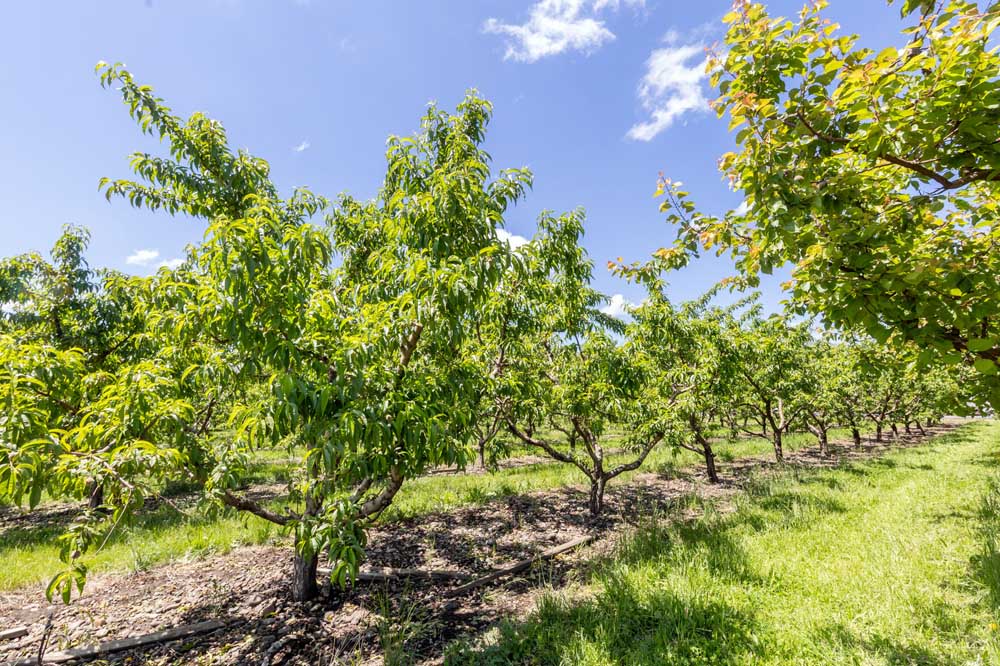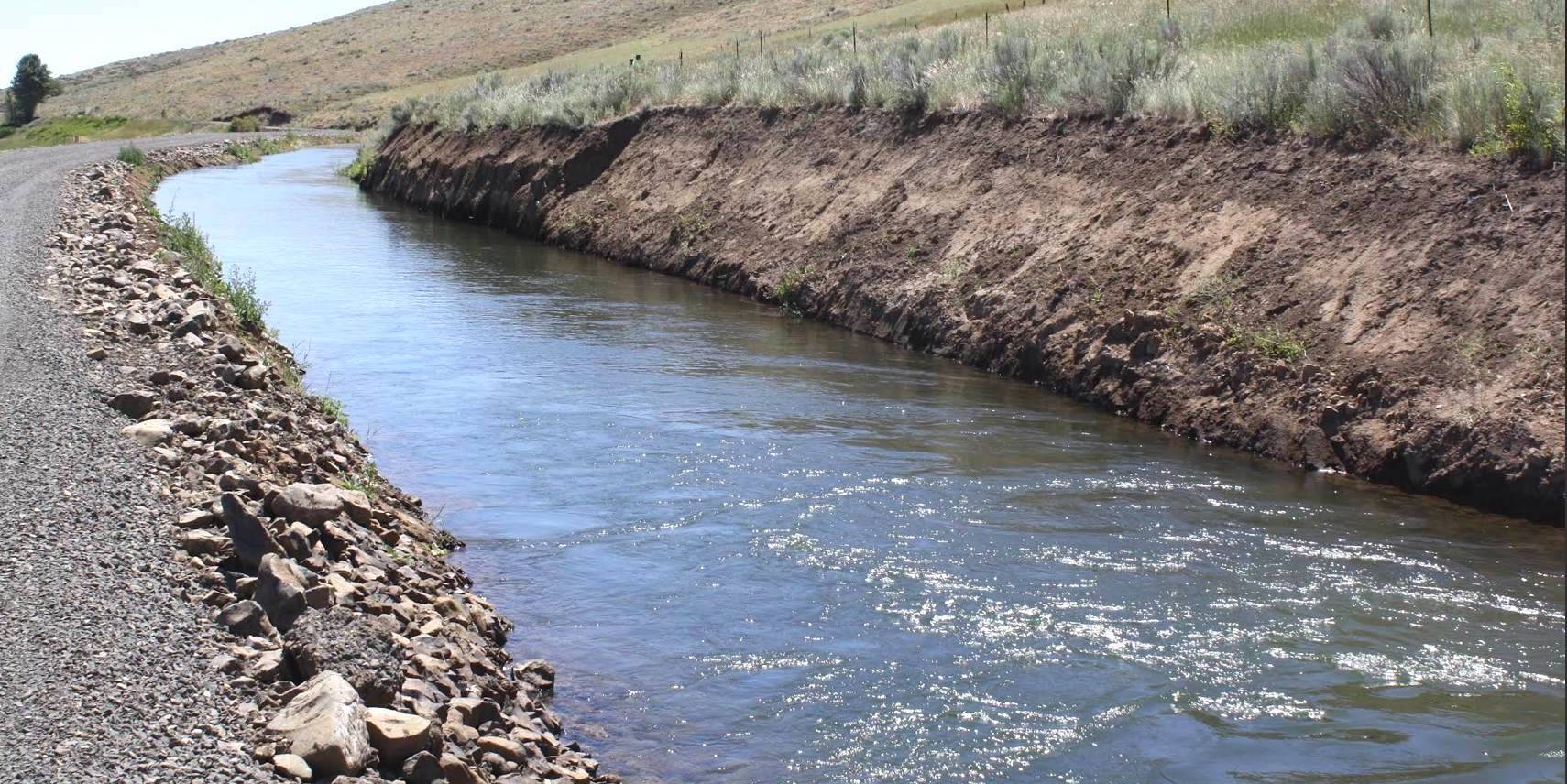Farmers, orchardists paying premiums for petroleum-related inputs
Published 9:30 am Tuesday, June 7, 2022

- Sun shines on a peach orchard May 31, 2022 at 5 Acre Farms in Milton-Freewater. Orchardists are feeling the higher costs to use the petrochemicals that power wind machines and smudge pots.
UMAPINE, Ore. — Farmers are paying record-high prices for crucial fertilizers and fuel and hoping that high commodity prices will offset them at harvest time.
Trending
The agricultural data analysis service DTN reported the prices of important fertilizers doubled from the first week of May 2021 to 2022. Anhydrous ammonia reached an all-time high of $1,534 per ton in April and stayed the same in May.
Urea also hit a record of $1,031 per ton in April then dropped slightly to $1,001. Anhydrous was barely above $400 in September 2020, but has zoomed upward more than 250% in less than two years.
Fertilizer price increases have outpaced even gasoline, diesel and natural gas price hikes. Producing nitrogen fertilizers ammonia and urea requires natural gas as feedstock.
Trending
Despite higher prices for fuel, fertilizer and other inputs, though, some local farmers and ranchers remain cautiously optimistic.
“As long as wheat prices stay up, I’m OK with high inputs,” wheat and cattle rancher Tim Leber of Umapine, Ore., said. “Where I get nervous is if wheat crashes, while we’re stuck with high inputs, as happened in 2008 to 2010.”
In 2008, soft white wheat prices were almost as high as 2022.
Leber already has top-dressed his fields, to take advantage of the spring rains. And there was a jump in wheat price as India banned export of the staple cereal, due to its heat wave.
Leber noted that major wheat exporter Ukraine is managing to plant a crop despite the war with Russia.
“Even with the ports closed, they’ll find a way to get it out,” he said.
Still, looking ahead to his likely fertilizer bill in the fall is worrisome.
“We’re paying 50 cents per pound more than last fall, but that’s as of now,” he said during a recent interview in May. “Fertilizer could keep going up.”
“Orchardists and fruit growers power their wind machines with propane,” said Roger Lemstrom of Los Rocosos Vineyards near Milton-Freewater, Ore. Besides using these giant fans for bringing warmer air to the surface, they also use old-fashioned smudge pots fueled by diesel, he noted.
It’s not just pain at the pump for local farmers and orchardists. High prices for other petroleum products, such as agricultural chemicals squeeze growers’ profits.
“(Inflation) differs by region,” said Corey Coad, president of agricultural supplies at Orchard & Vineyard Supply, with locations in four states. He’s based in McMinnville, Ore.
“In some areas, fertilizer prices have shot up by 500%,” he said. “In the Pacific Northwest, it’s 50% to 150%. For pesticides, it’s 175% since January of 2021.”
Coad explained the problem isn’t just with supply and demand for hydrocarbons. Shipping containers are in short supply as a result of pandemic-induced interruptions to international trade. Many active ingredients in agricultural chemicals come from overseas.
“Then there’s the cost of fuel, especially diesel, which impacts everything farmers do,” Coad noted. “Spraying, cultivation, you name it. Diesel is up 39% from January of this year.”
Midwest farmers have adapted by planting more nitrogen-fixing soybeans and less corn, but enduring drought reduces yields for all crops. Northeast Oregon farmers and ranchers have fewer options, with the market for peas so much lower than in previous decades.
Don Wysocki, local Oregon State University Extension soil scientist, said one option is to grow a nitrogen-fixing cover crop, such as peas. The crop is terminated before its water use threatens grain yield, but still adds nitrogen to the soil. Cover crops can be planted in the fall or spring.







